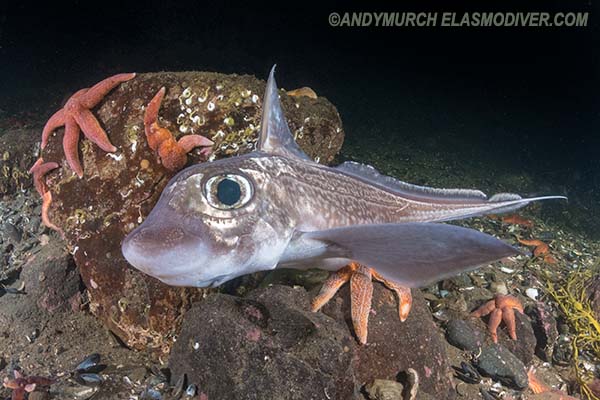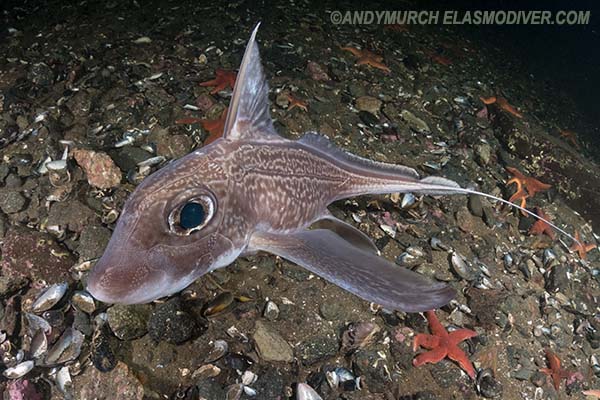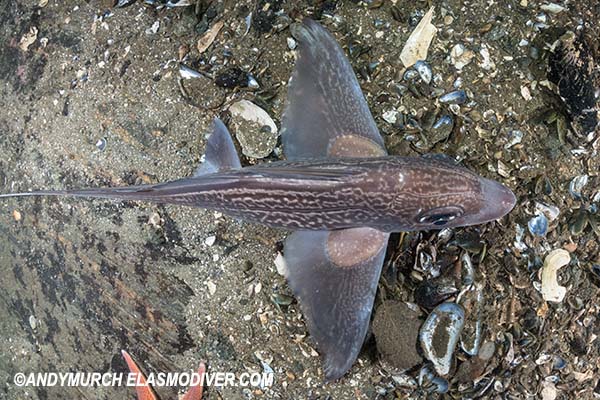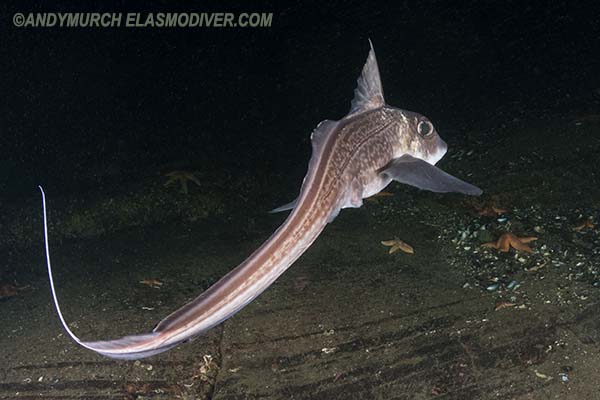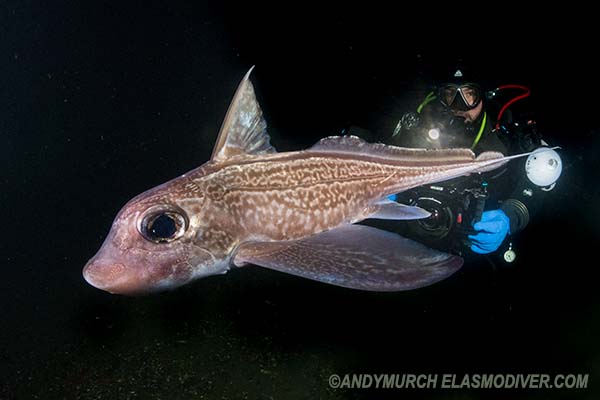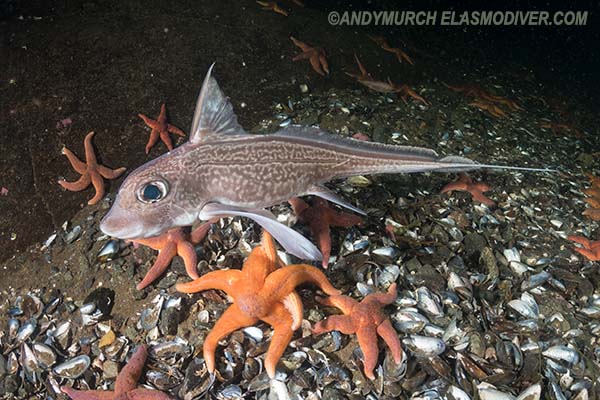|
|
|
SHARK INFO |
|
SHARK |
|
SHARK EVOLUTION |
|
|
|
SHARK DIVING |
|
SHARK DIVING 101 |
|
|
|
CONSERVATION |
|
|
|
PHOTOGRAPHY |
|
SHARK PHOTO TIPS |
|
|
|
RESOURCES |
|
|
|
WEB STUFF |
|
WHAT IS ELASMODIVER? Not just a huge collection of Shark Pictures: Elasmodiver.com contains images of sharks, skates, rays, and a few chimaera's from around the world. Elasmodiver began as a simple web based shark field guide to help divers find the best places to encounter the different species of sharks and rays that live in shallow water but it has slowly evolved into a much larger project containing information on all aspects of shark diving and shark photography. There are now more than 10,000 shark pictures and sections on shark evolution, biology, and conservation. There is a large library of reviewed shark books, a constantly updated shark taxonomy page, a monster list of shark links, and deeper in the site there are numerous articles and stories about shark encounters. Elasmodiver is now so difficult to check for updates, that new information and pictures are listed on an Elasmodiver Updates Page that can be accessed here:
|
|
_ |
Rabbitfish - Chimaera Monstrosa |
||
|
|
View all available Rabbitfish Images in the Shark Picture Database Common Names: Rabbitfish, Rabbit Fish, Ratfish, Ghostshark, Chimaera. Latin Name: Chimaera monstrosa Family: Chimaeridae - short-nosed chimaeras.
Identification:
Head large.
Body gradually tapers towards tail. Torso predominantly reddish brown with a
pattern of white marbling that forms irregular lines laterally along back and
flanks. A well defined lateral line is visible on flank between head and tail
filament. Tail filament white. Size: Maximum length 1.5m. Habitat: Sand and mud bottoms and sometimes rocky reefs. Listed as occurring between 40m and 1663m. However, in Trondheim Fiord it is regularly observed as shallow as 25m. Abundance and
Distribution: Confined to the Northeast Atlantic Ocean and Mediterannean
Sea. The rabbitfish can be found from Northern Norway and Iceland southward to Morocco and eastward to
Greece. Records from South Africa are questionable. Diet and Behavior: Swims slowly across sand in search of prey. Crushes clams, crabs, and shrimp etc. in forward facing "incisors". Food located primarily by smell. Uses its pectoral fins for locomotion. Reproduction: Oviparous.
Conservation Status:
The IUCN lists the spotted ratfish as NEAR THREATENED.
Photographs: Trondheim Fiord, Norway. Similar species: The
Rabbitfish shares its range with a few other chimaeras but none within the
genus Chimaera. Reaction to divers: Slowly moves away it can be easily followed at close range with non-threatening movements.
Diving logistics: In Trondheim Fiord, Rabbitfish come into water as shallow as 20m near muscle farms. Big Fish Expeditions runs a Deepwater Shark Diving Expedition every year that usually encounters Rabbit Fish and numerous other cartilaginous species.
References: Dagit,D.D., Hareide, N. & Clò, S. 2007. Chimaera monstrosa. The IUCN Red List of Threatened Species 2007: e.T63114A12610445.http://dx.doi.org/10.2305/IUCN.UK.2007.RLTS.T63114A12610445.en. Downloaded on 15 December 2018. .
|
|
|
|


